Here we outline the key differences between our NeoTimber® traditional and capped composite decking materials.
Embarking on the search for composite decking can sometimes be headache inducing and the endless variations in quality, finish, and colour can leave you swimming in samples without a clear idea on the solution that best suits your requirements. We believe that a key place to start in finding your ideal solution is getting to grips with the difference between capped and traditional composite decking.
Pretty much all composite decking options today fall under these two types of material solutions, with traditional composite decking often being referred to as the 1st generation composite deck boards and capped composite decking referred to as (you guessed it) – the 2nd generation boards.
Below, we outline the differences between capped and traditional composite decking solutions – giving you the low down on both the aesthetical and performance-based differences of both these products.
Design
The core difference between both capped and traditional composite solutions lies in their design. Traditional types of composite decking (our Essential and Classic ranges) are a moulded material, meaning they are comprised solely of a mix of the same material – a blend of recycled plastic and timber fibres. We regard our traditional composite decking solutions as the original upgrade to timber – an authentic looking product with enhanced performance.
Our capped composite decking solutions (our Advanced and Deluxe premium composite decking ranges) have a similar core to the traditional composite decking boards but are wrapped in a protective outer shell, which is designed to offer added protection from the stresses and strains of outdoor life.
Traditional Composite Decking
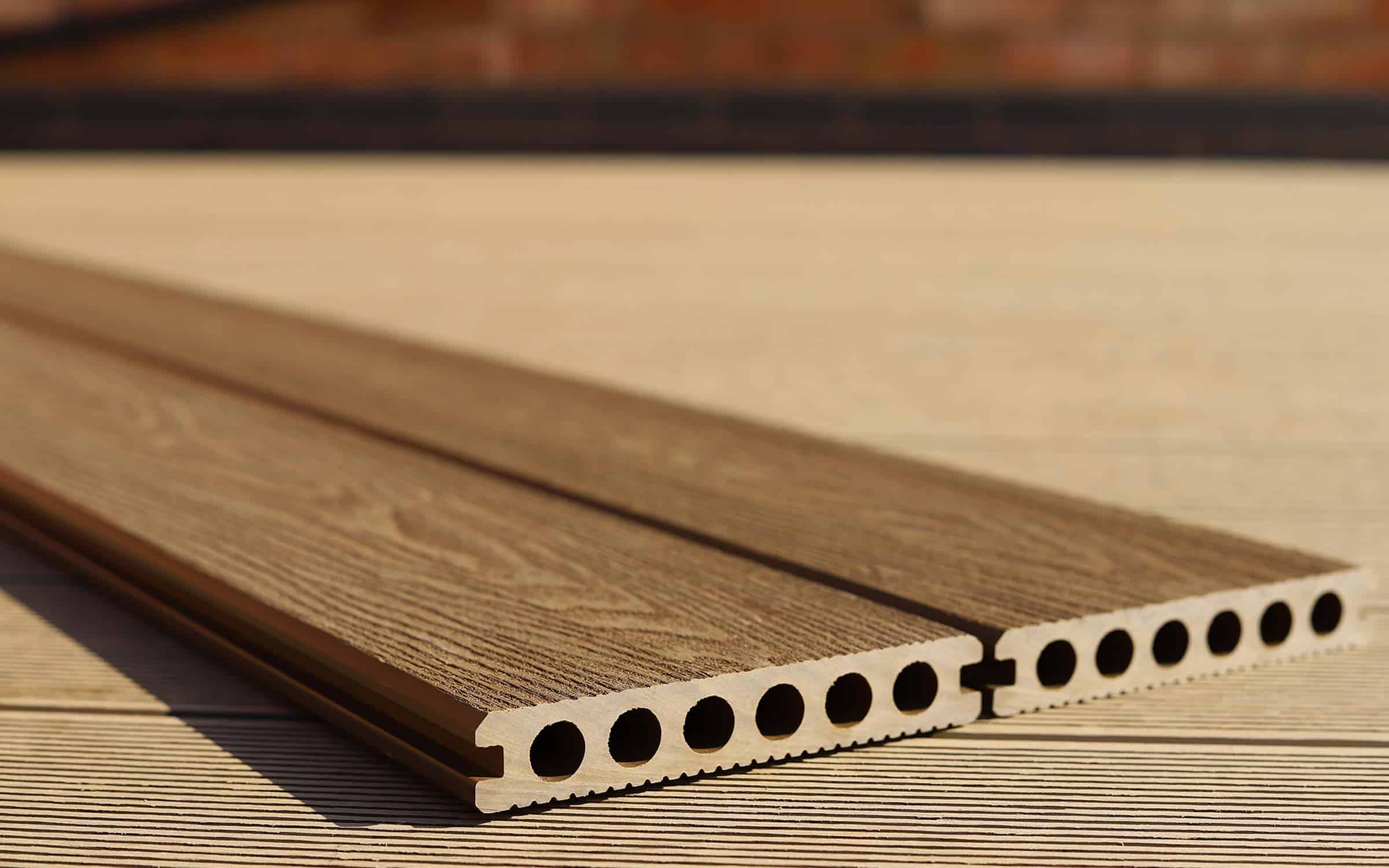
Capped Composite Decking
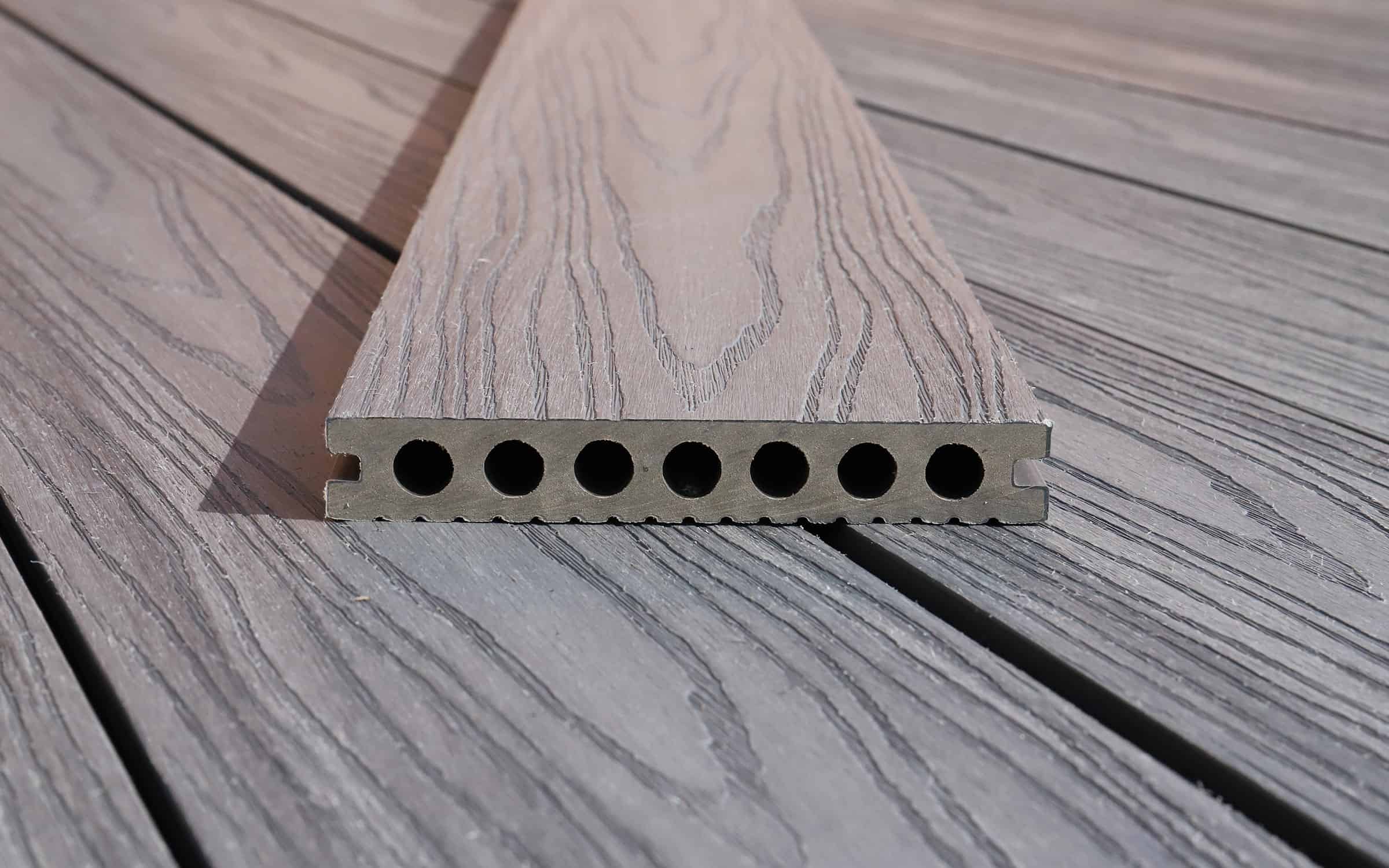
Material Finish
With a difference in design, comes a difference in material finish. Naturally – the material composition and general finish of the boards vary and both NeoTimber’s composite decking types offer a distinct finish. While the general look and feel of the boards may vary, we ensure reversibility by offering a deep, textured woodgrain finish and grooved-channel finish on either side of the board, offering you the freedom of installing the boards as you please.
Traditional Composite Decking
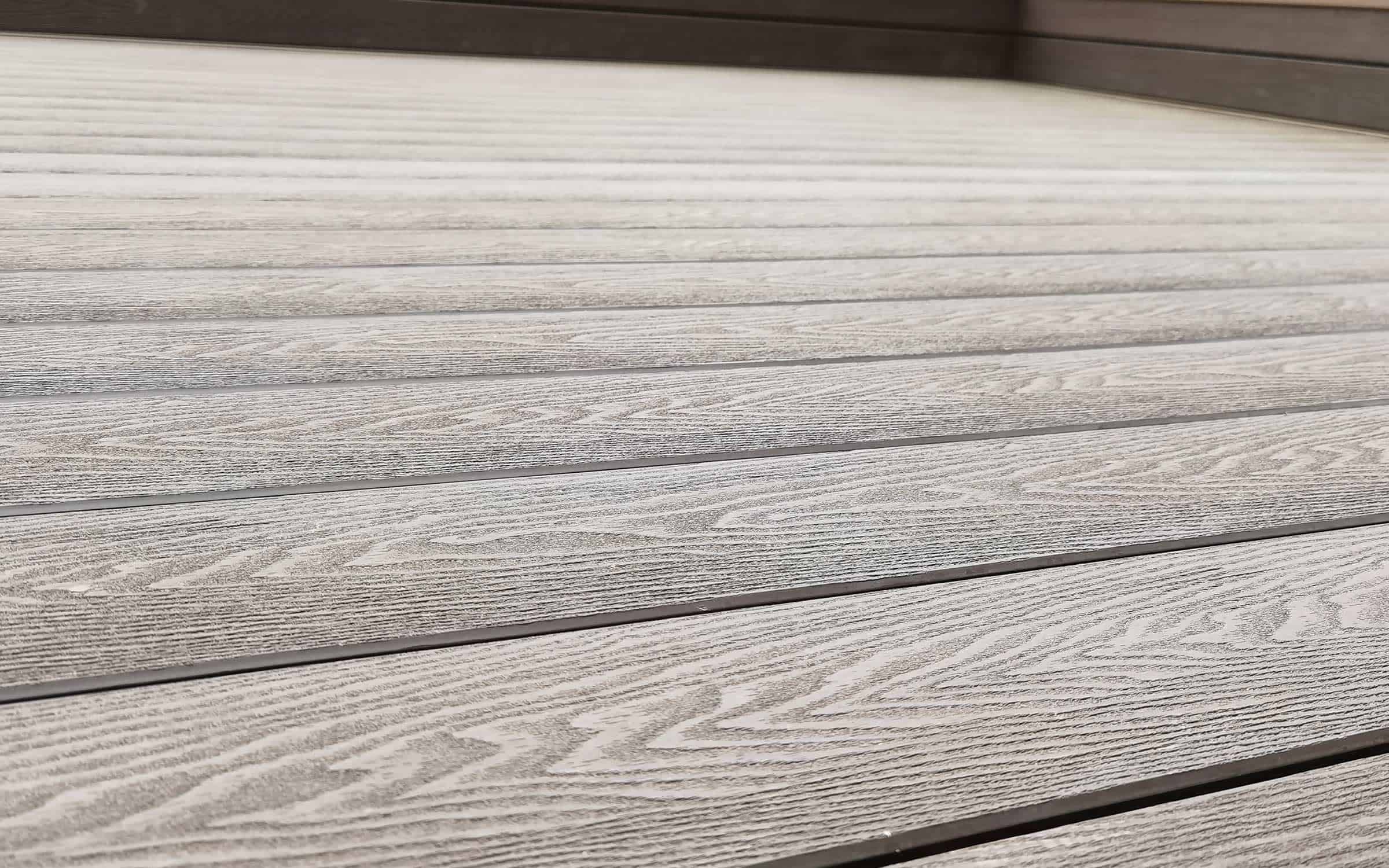
Capped Composite Decking
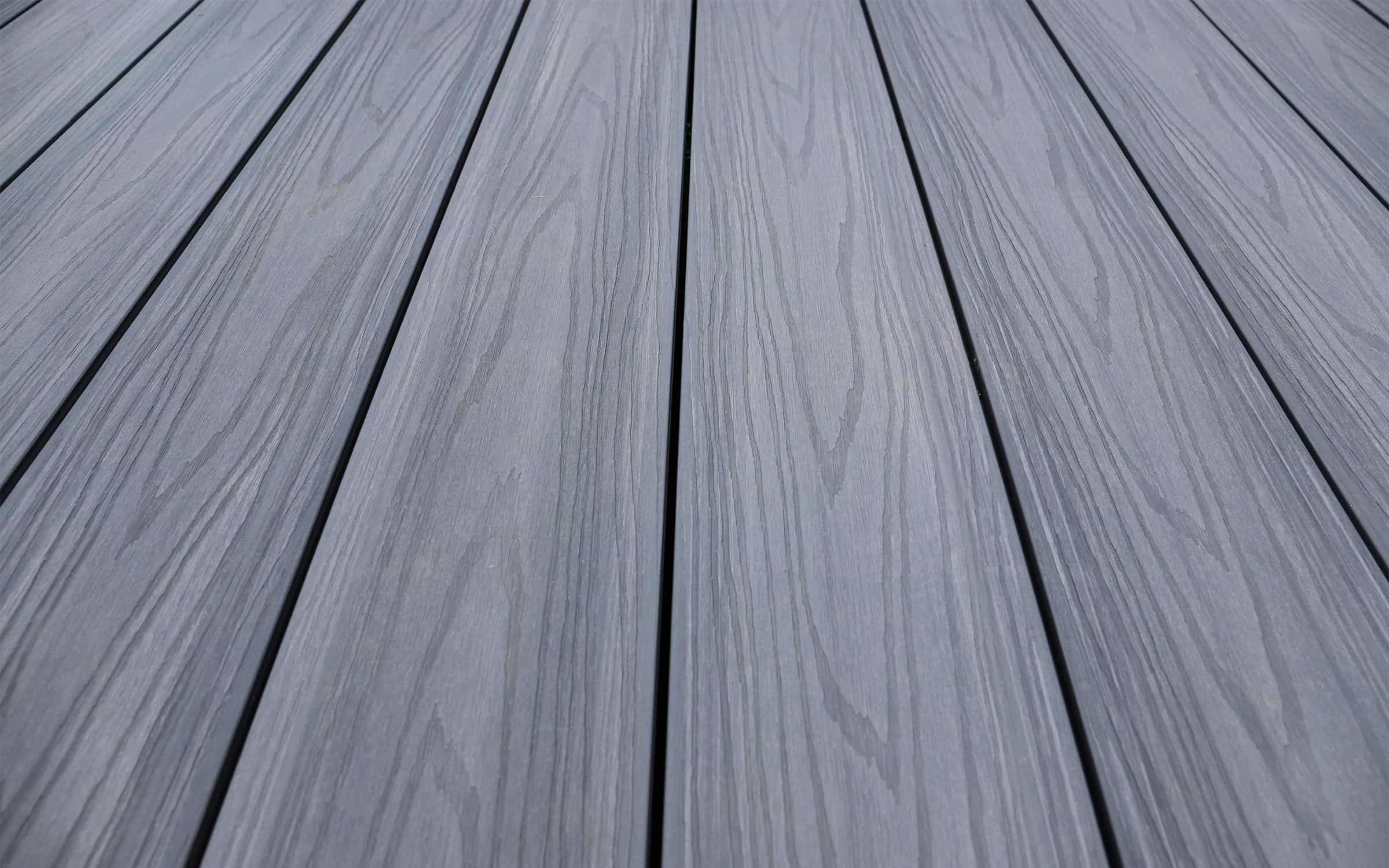
Colour
Colour is a key element to consider when finding your ideal decking and its important to know how the boards will look once laid. Our traditional (Essential and Classic) boards are relatively consistent in colour and while they will initially appear relatively dark, they are designed to weather down and appear lighter after the opening months of installation. The grooved-channel side of the board will also appear lighter as its sanded material finish differs to that of the woodgrain finish (which is a buffeted finish) on the flip-side of the board.
Unlike their alternatives, the Deluxe and Advanced high end composite decking boards (the capped decking products) provide a level contrast in colour and a striking dual-tone appearance, which provides a level of variation between boards.
We recommend visiting our composite decking gallery to gain more of an idea on how our boards look once they have been laid. We have even split our gallery into two for easy reference, showcasing our traditional composite boards and our capped composite boards separately.
Traditional Composite Decking
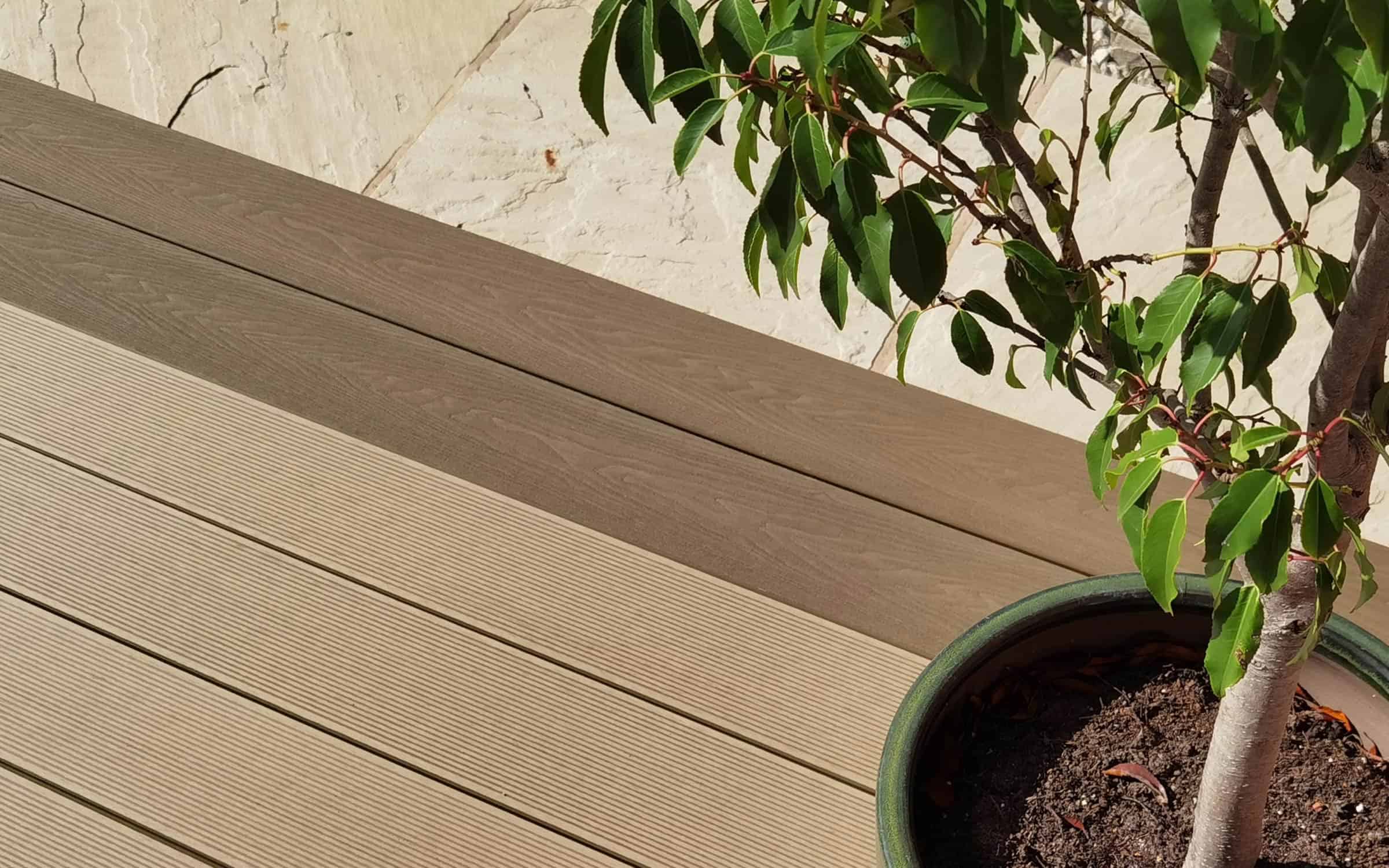
Capped Composite Decking
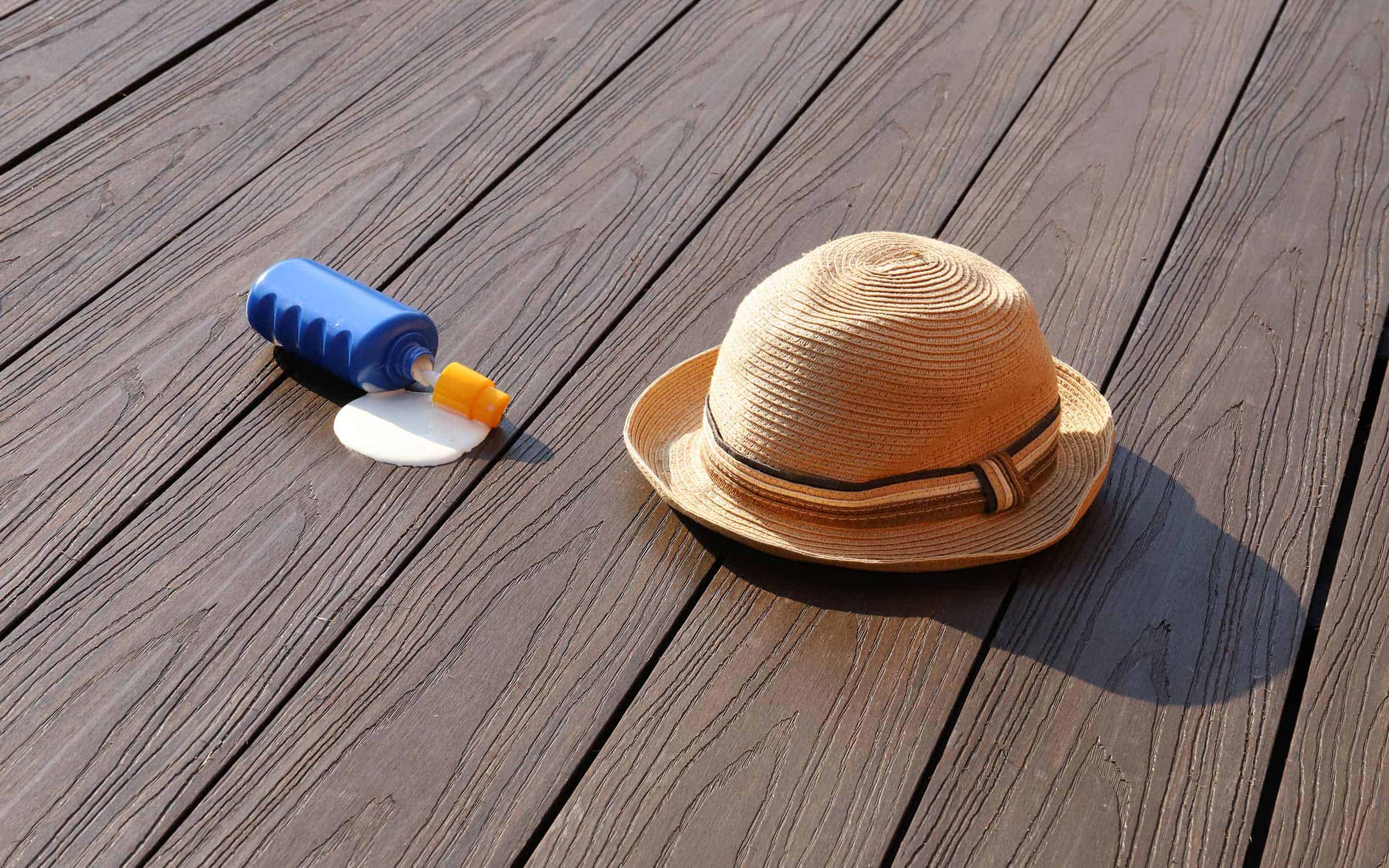
Stain Resistance
The protective shell technology of the NeoTimber® capped composite deck boards provide them with a non-porous blanket which offers expert resistance to staining. The capped material ensures that stains and residue sit on the surface of the boards, reducing the risk of long-lasting damage to the look and feel of the material.
The traditional composite products do not come with the luxury of a protective capping and in turn, are more susceptible to staining. That being said, we believe applying a bit of cleaning and care to the decking will ensure spot stains can be dealt with without huge amounts of effort.
For all issues involving staining, we recommend that customers act quickly and treat the effected area as quickly soon as possible. Please refer to our comprehensive care guide for more information.
Traditional Composite Decking
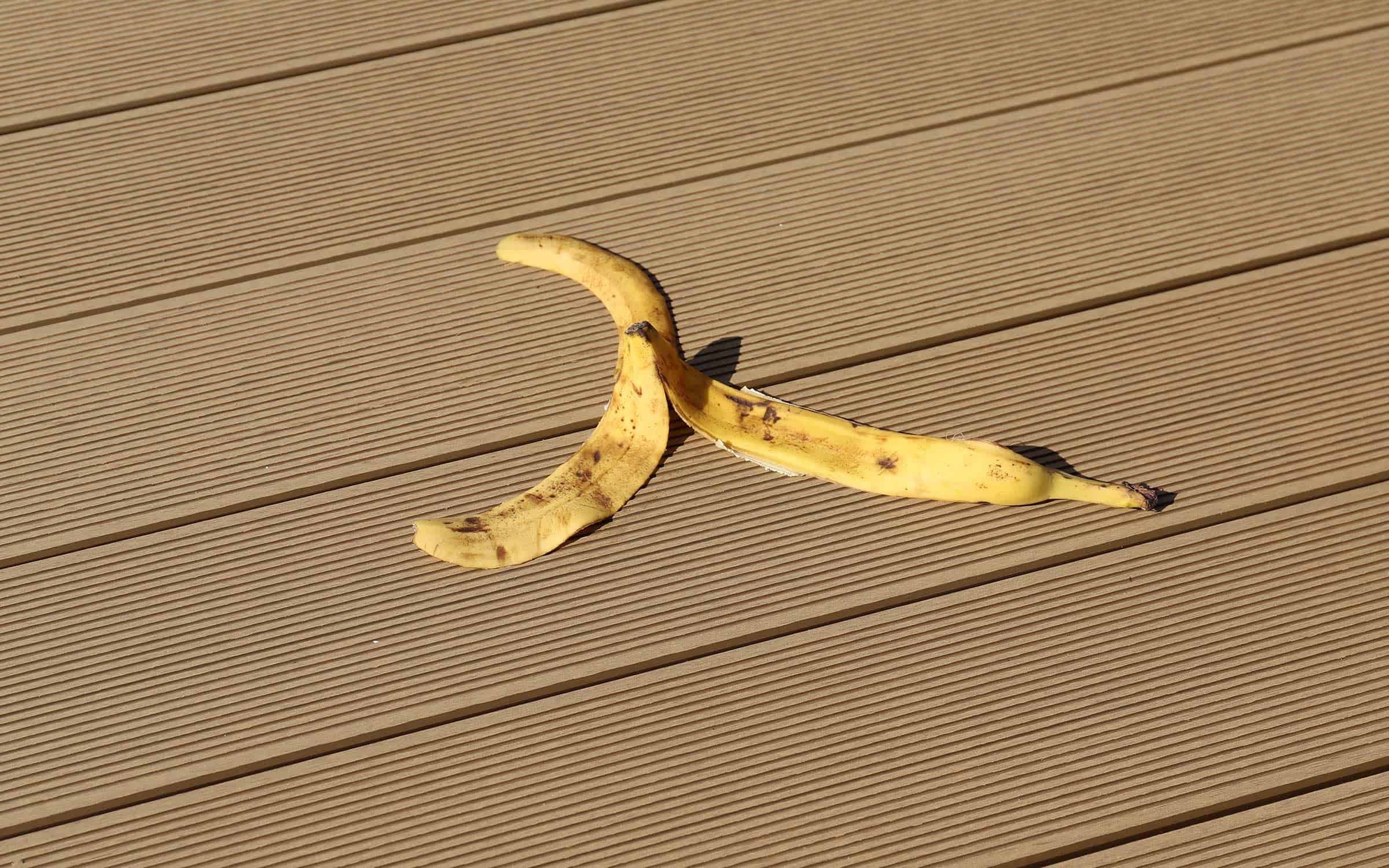
Capped Composite Decking
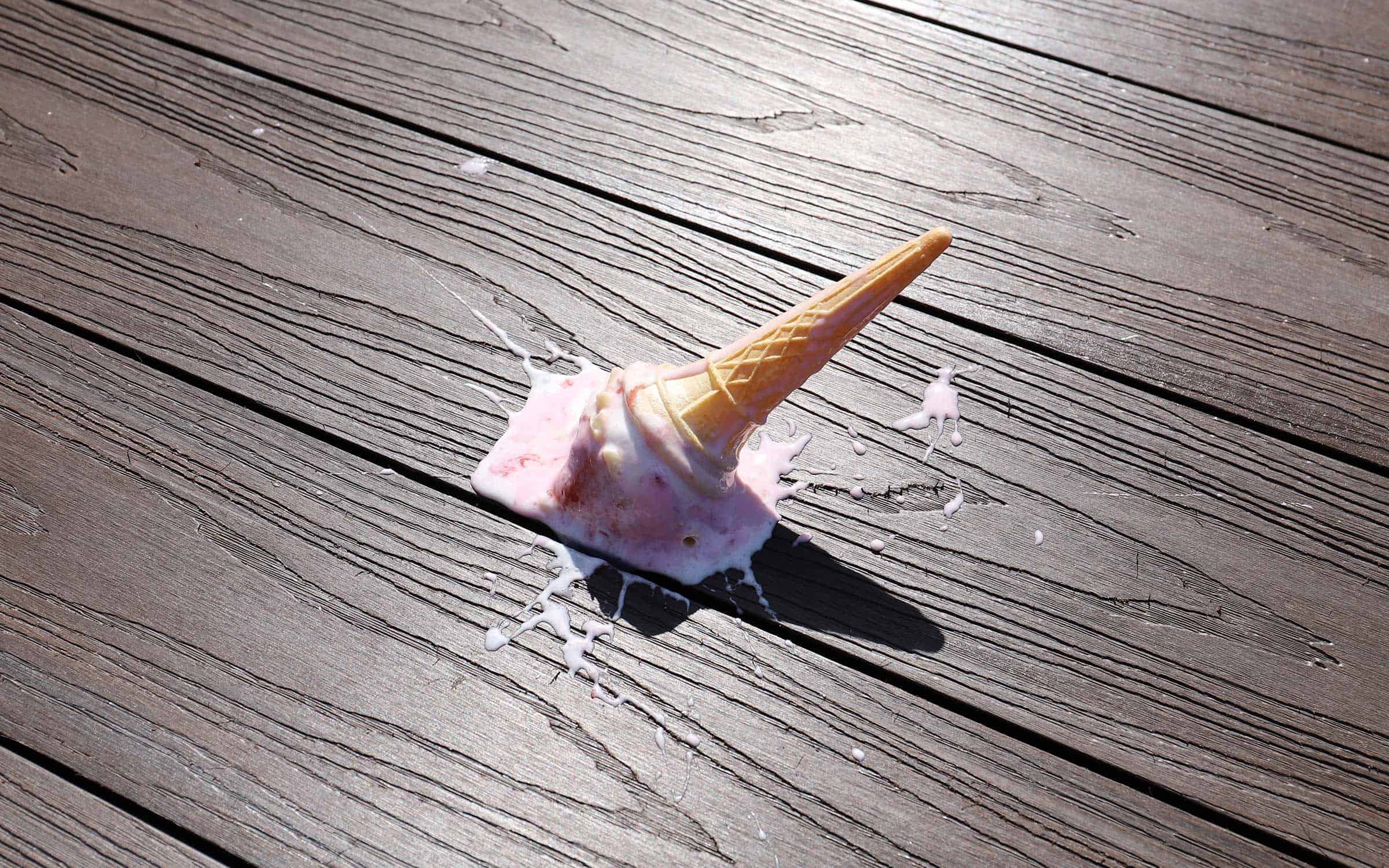
Fade Resistance
While NeoTimber’s boards are engineered to weather better than timber, our decking board’s resistance to UV rays differs between ranges. The protective sleeve of capped decking boards offers resistance to fading that isn’t matched by the traditional (uncapped) composite solutions. Our traditional boards will undergo a weathering phase, where they will lighten-up with exposure to UV rays.
Traditional Composite Decking
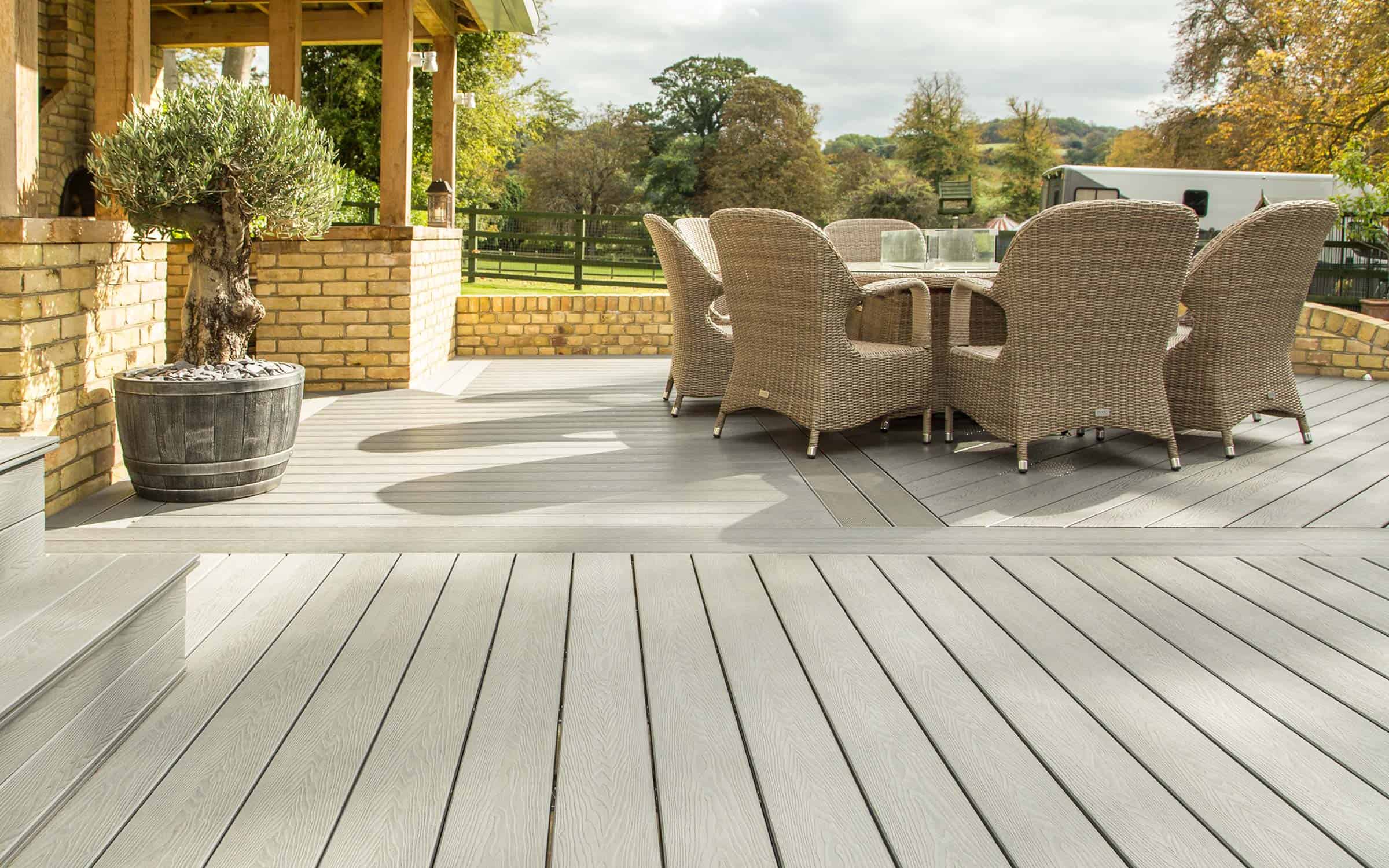
Capped Composite Decking
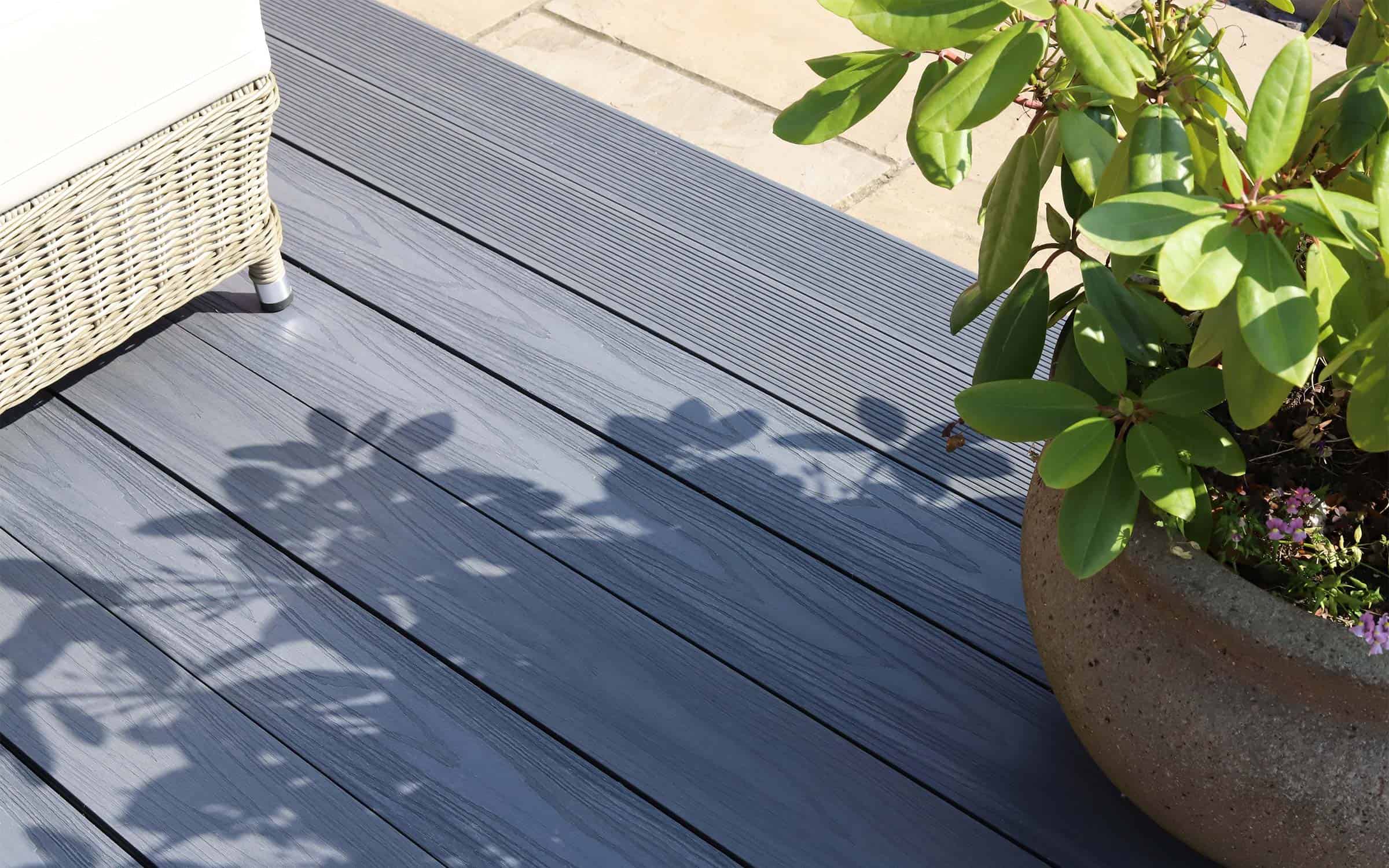
Lifespan
While the weather resistance of our capped decking boards is superior to that of our traditional boards, we make the commitment to provide a 25-year residential warranty across all of our ranges. Engineered to last – all NeoTimber® decking products outperform and outlast timber alternatives, while guaranteeing low maintenance requirements.
Traditional Composite Decking
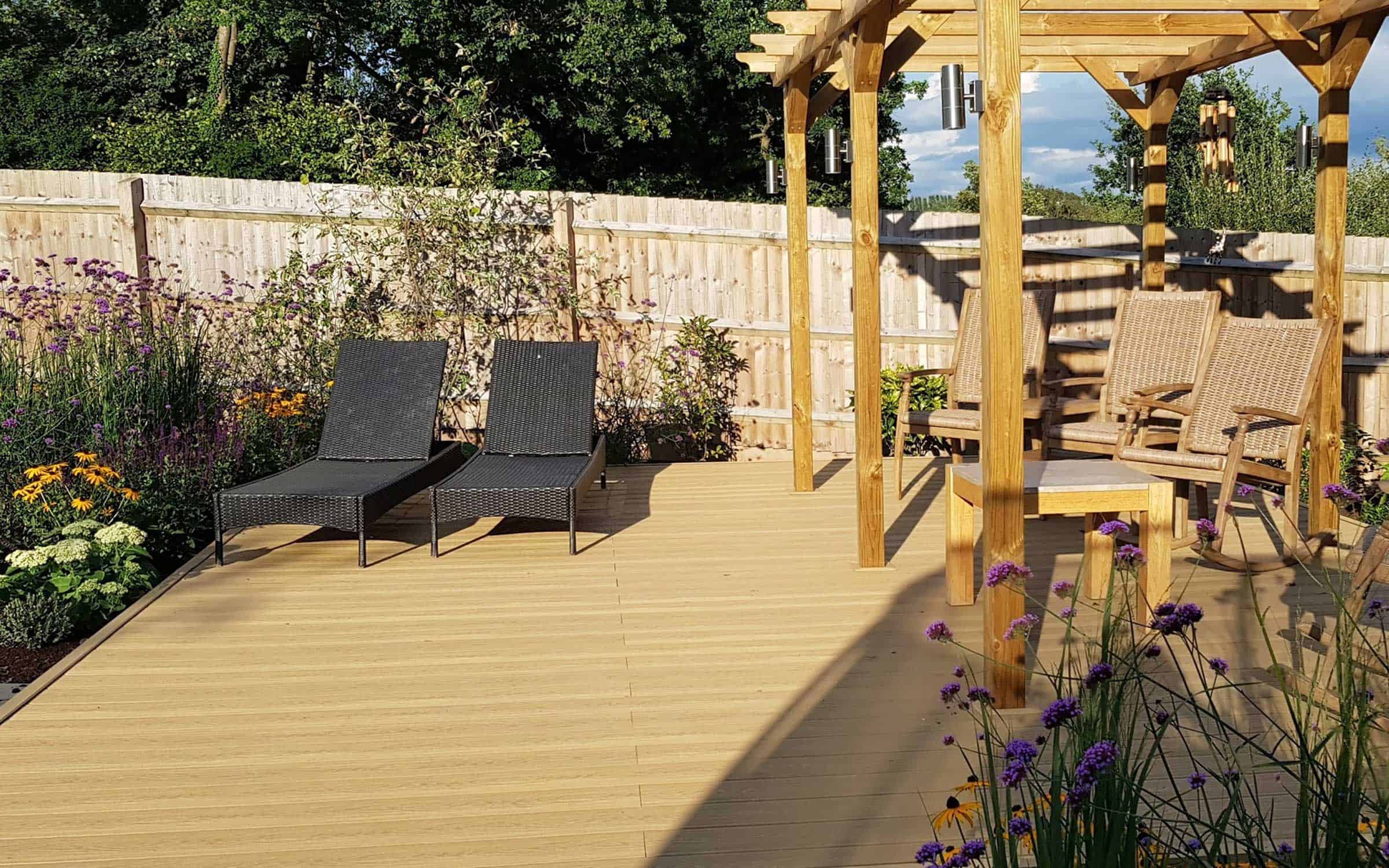
Capped Composite Decking
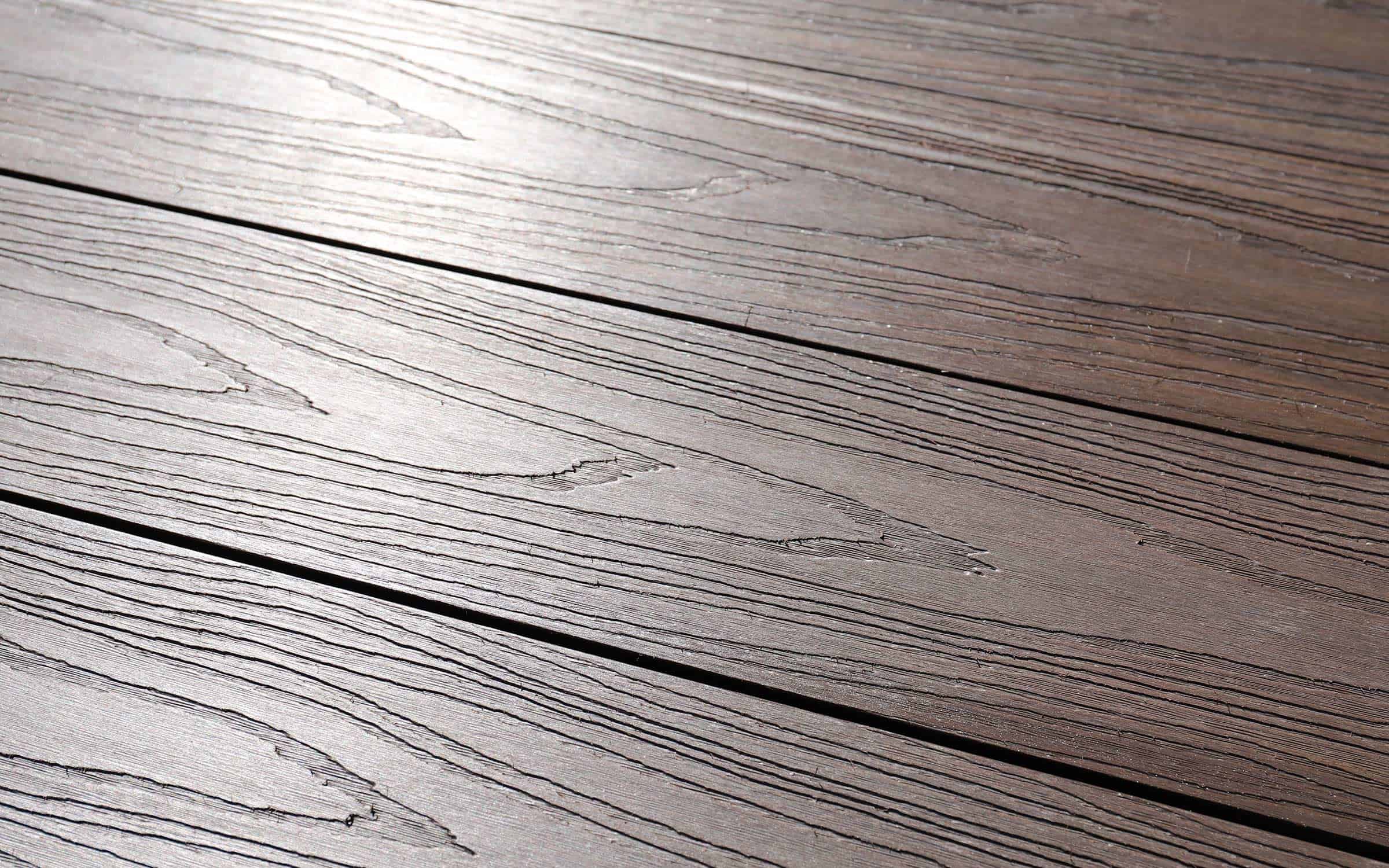
Need Further Support or Advice?
If you’ve still got questions that have not been answered here, or you would like additional advice,
support or assistance then please give one of our friendly experts a call and we’ll be happy to help.
Just give us a call on 01530 382 180.
